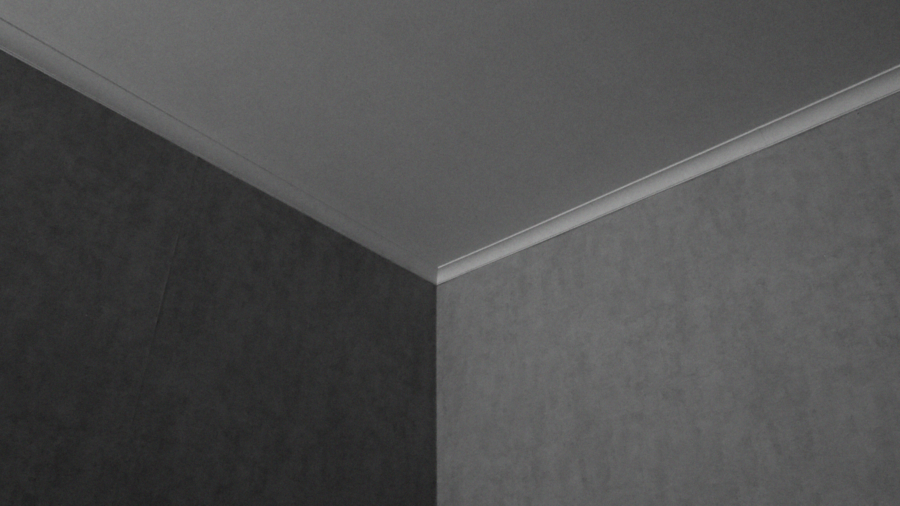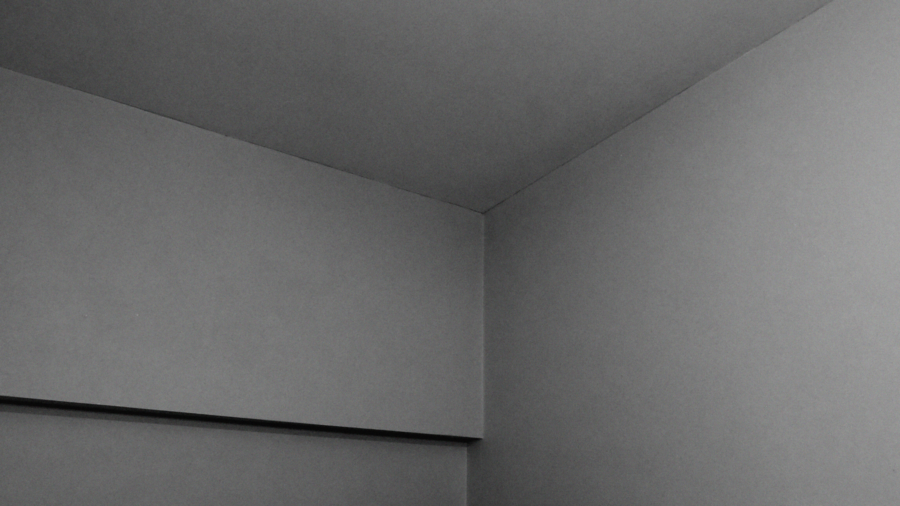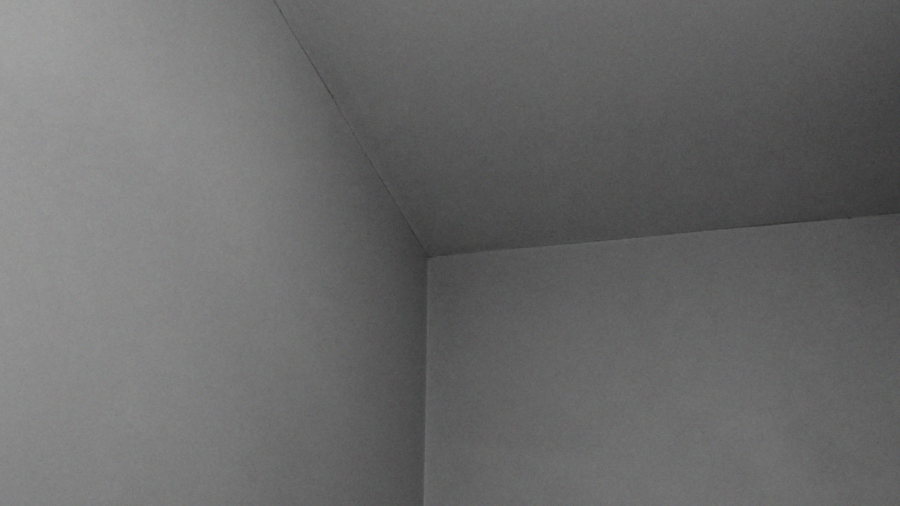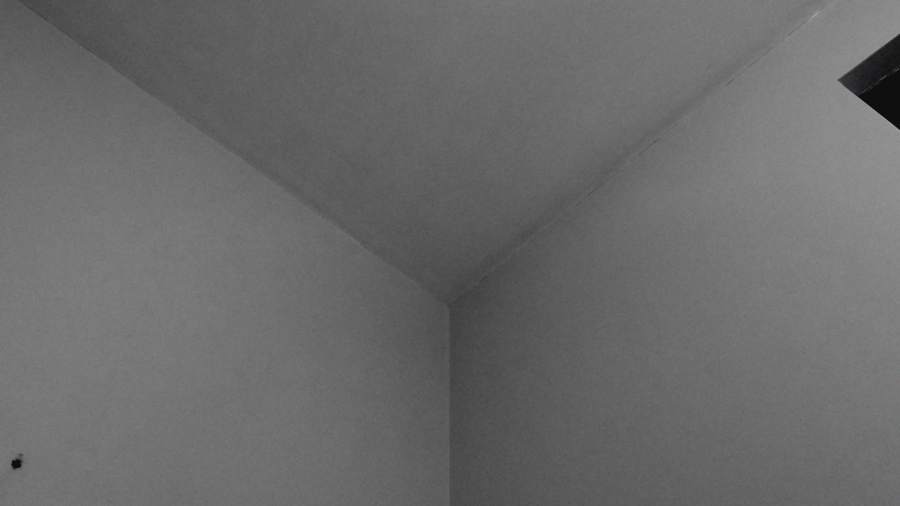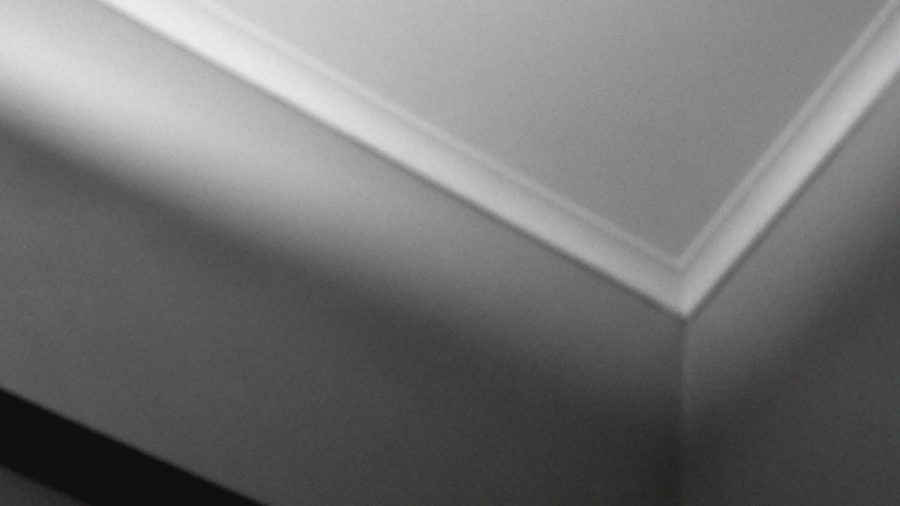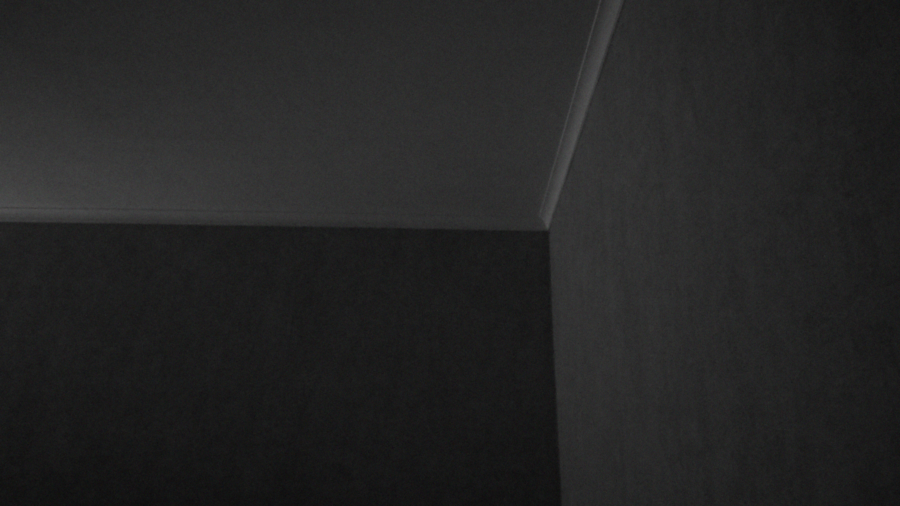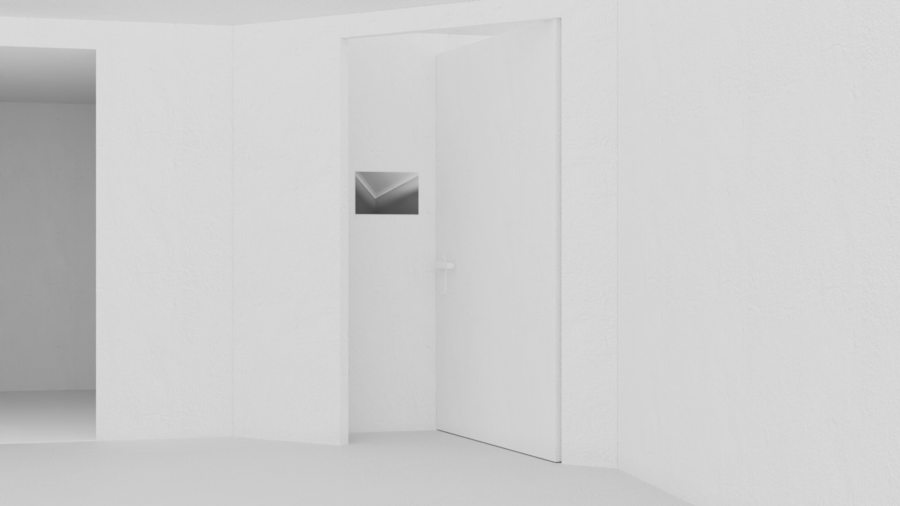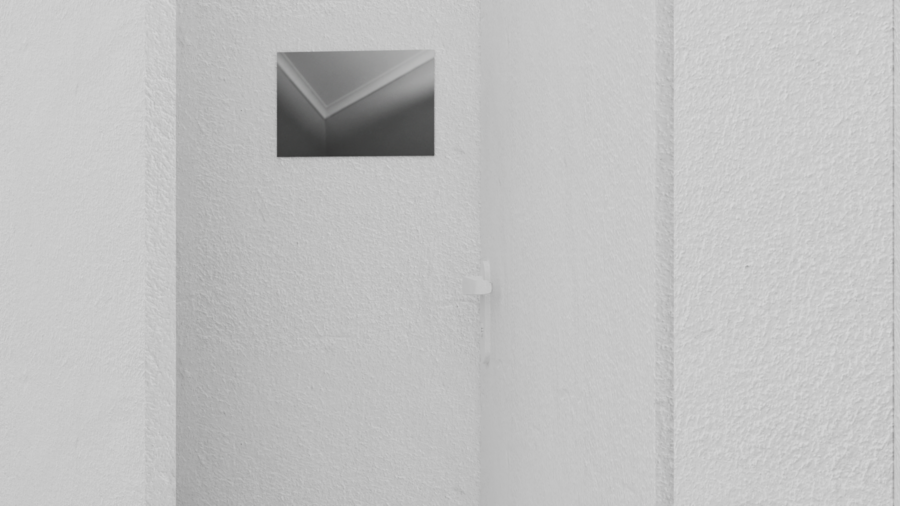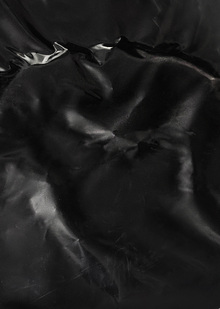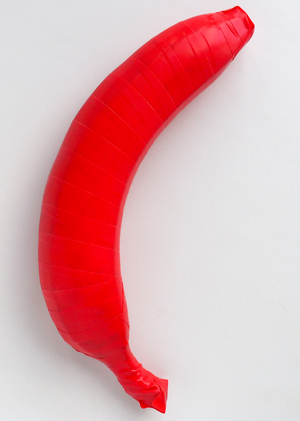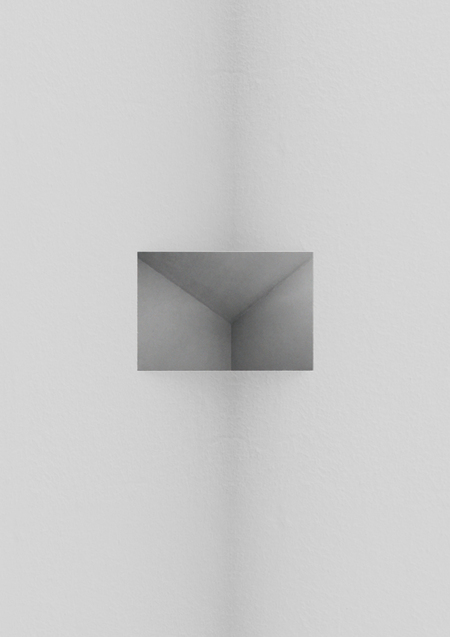
Running away and ducking, hiding, finding yourself.
Space has increasingly begun to disagree with our presence, action, and silence — it is highly motivated, pressured, and imposing its function. We don’t have time to ask each other and ourselves under the oppression of power. However, in any space, there are places that no one owns — hiding, the very fact of slipping to, that indicate these limitations.
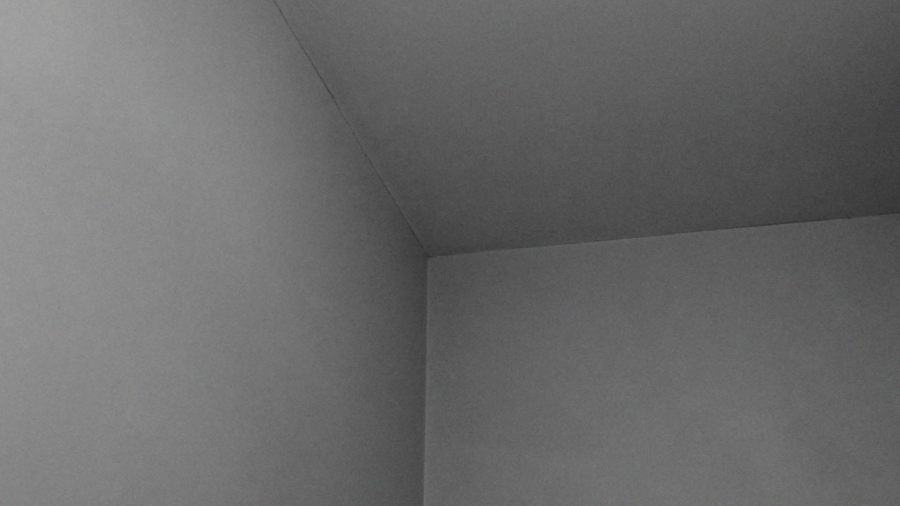
Any space is almost always understood to contain a form that is designed to fit what needs to be placed in it. It’s changing under the pressure of a powerful look at it, but there’s still something that’s often the same — that’s the angle. The angle, being a fairly defined part of the space, is, at the same time, its grey area. This intermediate, which is the lowest in the world, sets up the walls and becomes the point where all the lines come together. But the most significant characteristic of it is its immobility. This is the nearest place we can hide, turn our backs on life, stop without having to find our place in the imposed present.
General type of installation
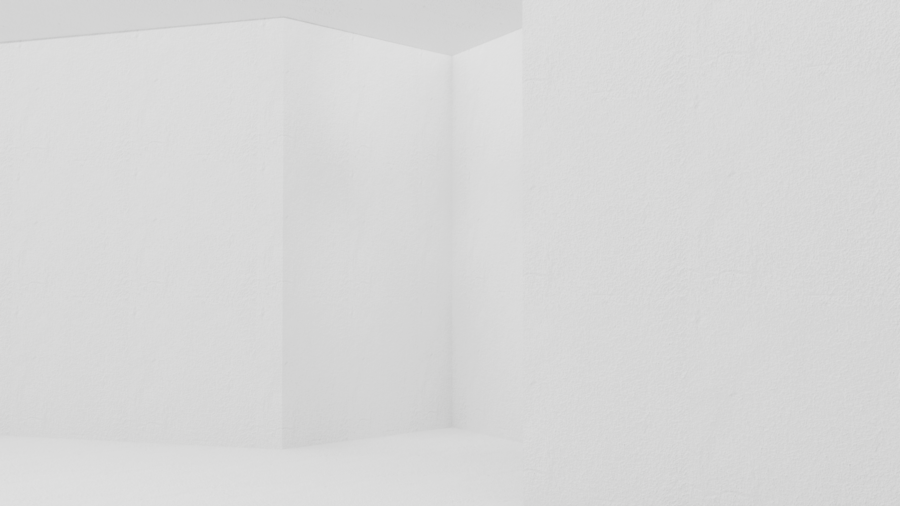
General type of installation
The key objective of the installation is to restructure space — I build additional mimicing walls in it, increasing the number of angles. The angle is both part of the space and part of the space that allows you to hide from it. In the installation, it loses its functional properties — the only thing that’s placed in it is a note that it’s an angle, which means it’s free to hide.
Photos of the corners of my house
Concealment is a necessity and a possibility of release, but it is not really possible to hide, and therefore. . . . . . . . . . . . . . . . . . . . . . . . . . . . . . . . . . . . . . . . . . . . . . . . . . . . . . . .
Sometimes it’s hard to determine which of the many points in space you’re willing to put yourself in is a game of reshuffling that forces you to make choices all the time and to identify your position in a situation that’s highly motivated by other people’s narrations. The angle is a shaper, which means it can reduce the space of choice, make it mobile, and make it plastic.
Object series 265×165×150 mm / 240×215×130 mm / 290×260×260 mm / 185×185×170 mm
The objects are a series of mobile angles that are placed in space. They change its configuration by indicating alternative support points. However, this restructuring is very necessary — the angles become signs of need for change. They are signs that are also conditionally mimicing space, discrediting themselves through exposure to alienity — they are like space on one side only, and shadows in them indicate belonging to other spaces.
